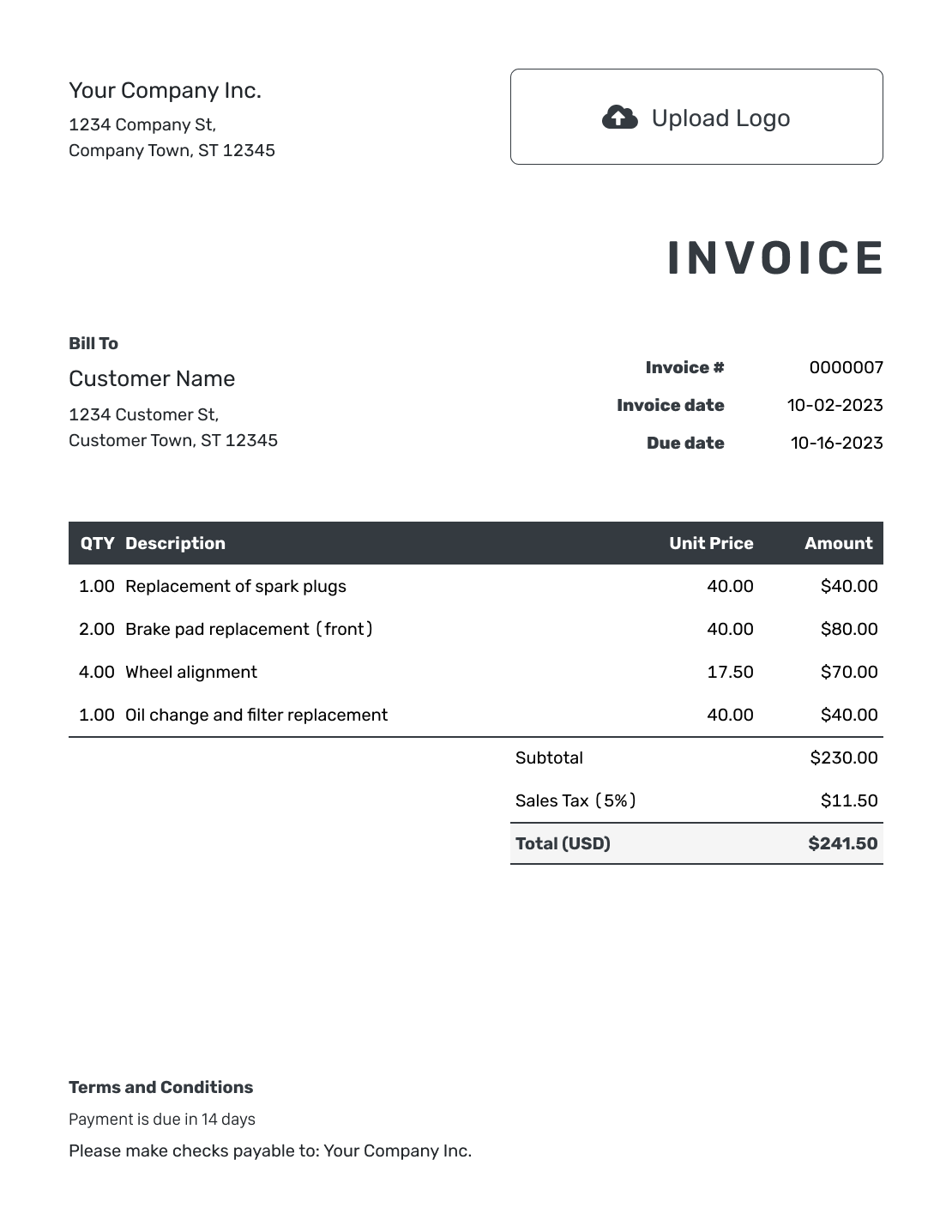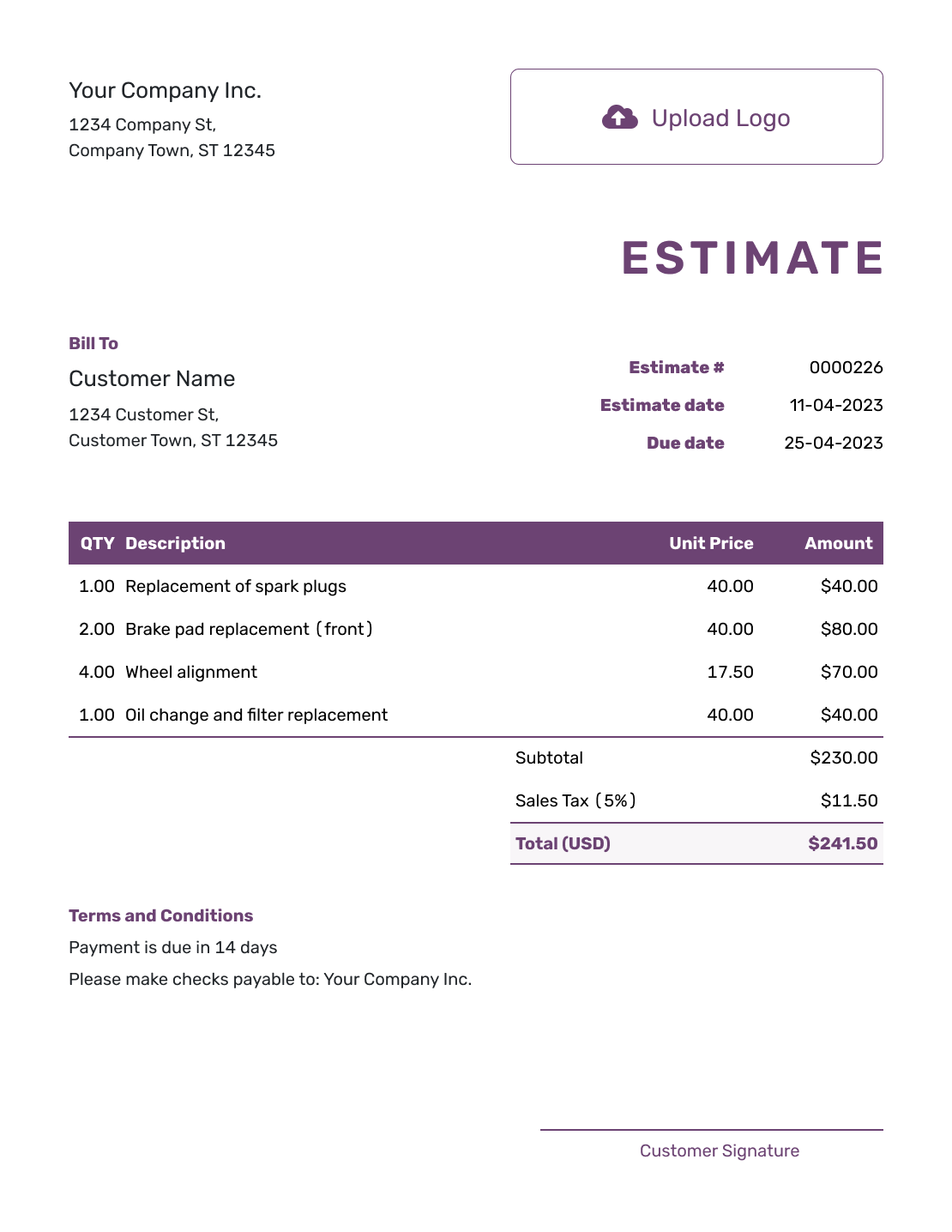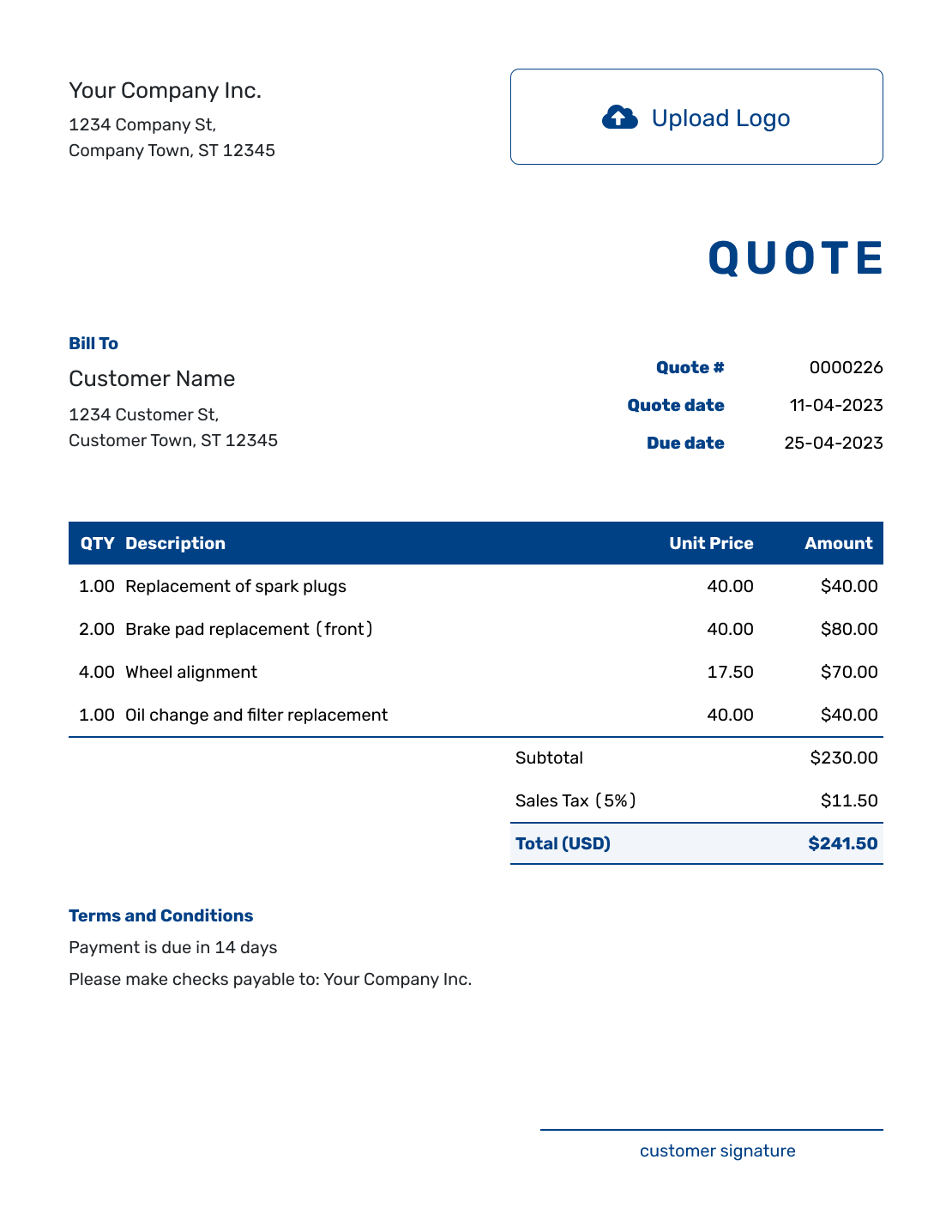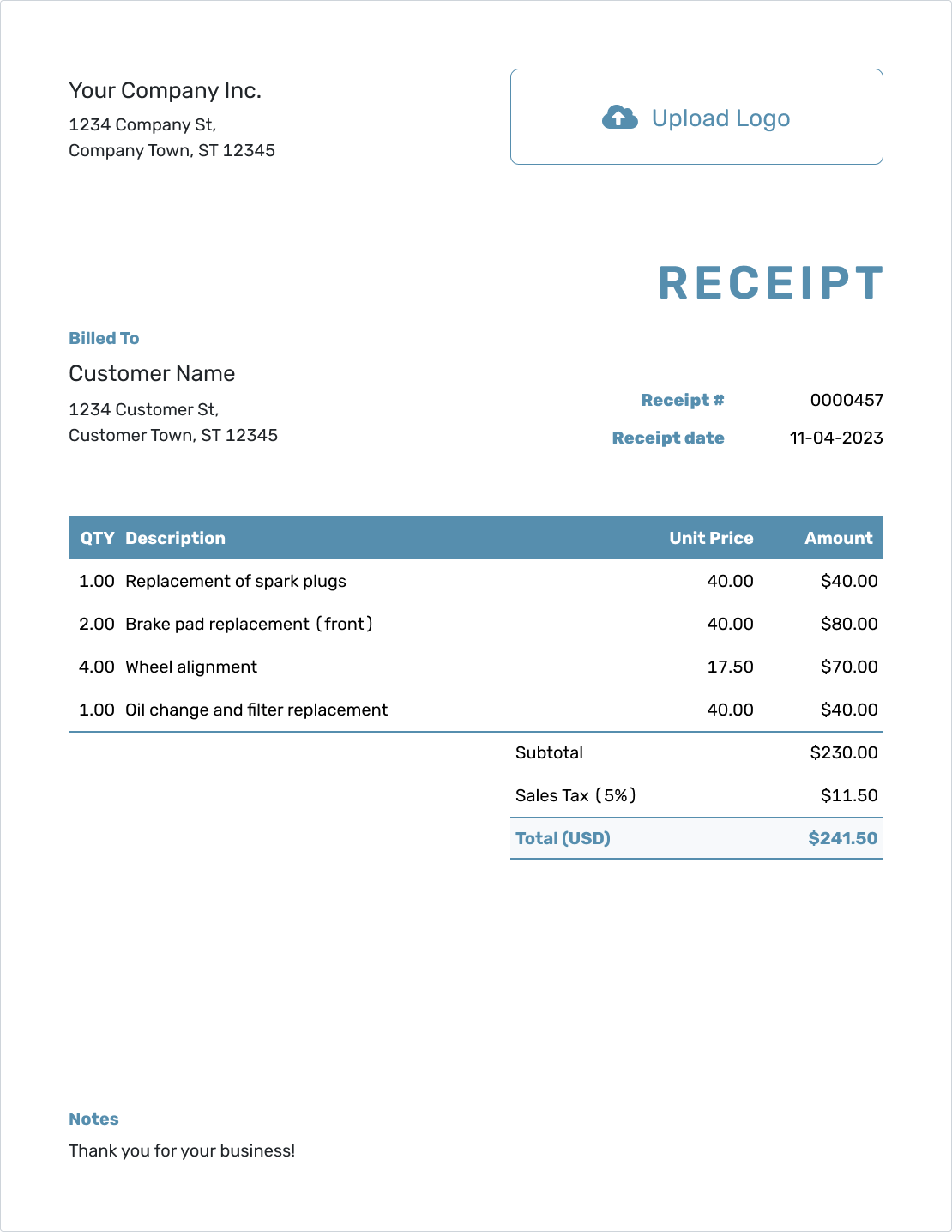Discount Calculator
Est. reading time: 5 min
For both consumers looking to stretch their dollar further and businesses aiming to increase sales or clear inventory, understanding how to calculate discounts is essential. This article breaks down the basics of discounts, offers step-by-step instructions for calculating them, and provides practical examples.
Also try:
Table of Contents
- What is a Discount?
- Word Definitions
- How to Calculate Discounts
- Examples
- Frequently Asked Questions
- Further Reading
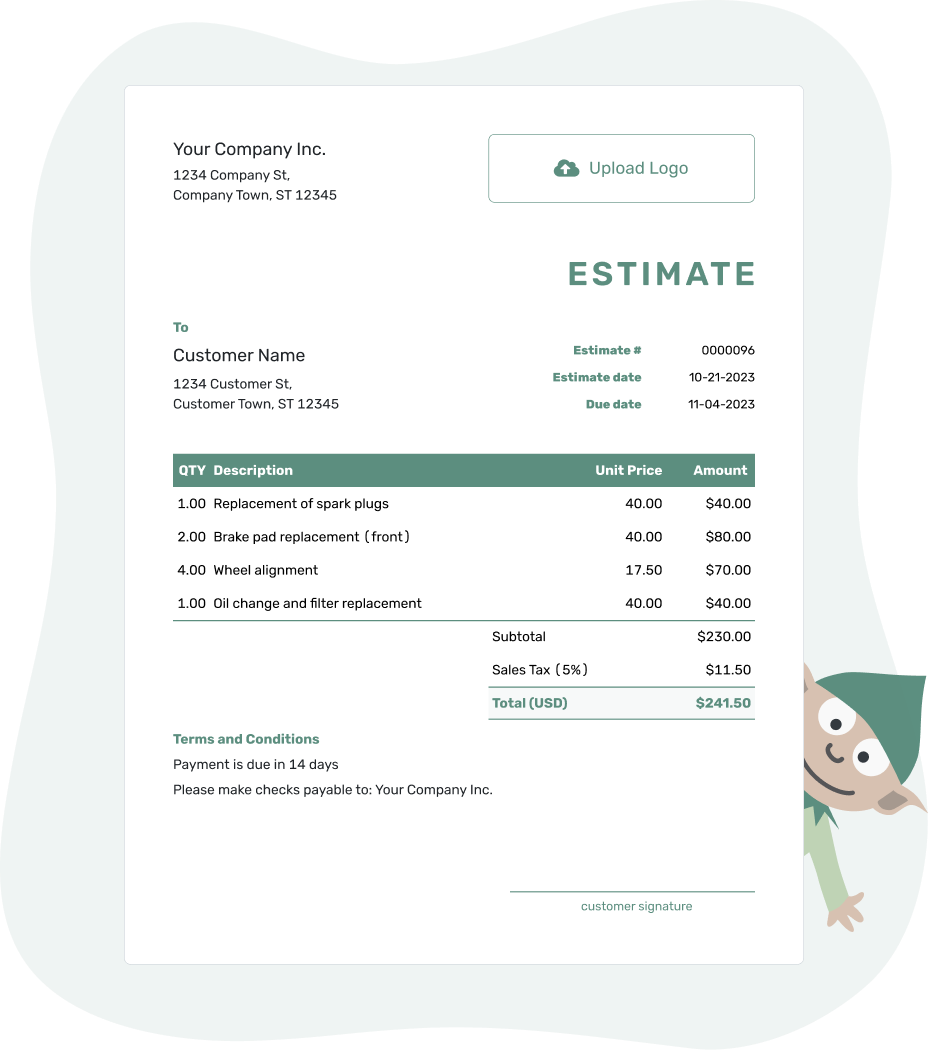
- PDF, Email or Print
- Convert to Invoice
- See when your estimate has been opened
- Get notified when your estimate is accepted
What is a Discount?
A discount is a reduction in the price of goods or services, usually offered to incentivize purchase. Discounts can be represented as a percentage off the original price or as a fixed amount reduced from the price. They play a crucial role in consumer purchasing decisions and marketing strategies for businesses.
Word Definitions
-
Original Price:
The initial price of an item before any discounts are applied. -
Discount Rate:
The percentage that the original price of an item is reduced by. -
Discount Amount:
The total dollar amount that the original price is reduced by. -
Sale Price:
The final price of an item after the discount has been applied.
How to Calculate Discounts
Calculating discounts involves multiplying the original price by the discount rate to determine the discount amount. Subtracting the discount amount from the original price gives you the sale price.
| Discount Amount = | Original Price × Discount Rate |
To find the sale price, subtract the discount amount from the original price:
| Sale Price = | Original Price - Discount Amount |
We can express this in a single equation as follows:
| Sale Price = | Original Price x (100% - Discount Rate) |
Examples of Discount Calculation
Let's walk through a couple of examples to demonstrate how to calculate discounts:
Example 1: 20% off a $50 Item
For an item originally priced at $50 with a discount rate of 20%, the calculation would be as follows:
| Discount Amount = | $50 × 20% |
The discount amount is $10, so the sale price is $40.
Example 2: $5 off a $25 Item
If you have a coupon for $5 off an item that costs $25, the sale price is simply:
| $25 - $5 = | $20 |
The sale price is $20.
Frequently Asked Questions
-
How do I calculate the discount percentage?
The discount percentage can be calculated by dividing the discount amount by the original price and then multiplying by 100.
-
Can I combine multiple discounts on the same item?
Yes, you can combine discounts, but it depends on the store's policy. Apply each discount sequentially to calculate the final price.
-
What is better: a fixed amount off or a percentage discount?
It depends on the original price of the item. For higher-priced items, a percentage discount often saves more money. For lower-priced items, a fixed amount off might be more beneficial.
-
What are the different types of discounts?
Discounts can generally be classified into three main types: quantity discounts, trade discounts, and promotional discounts.
- Quantity Discounts: These are offered when customers buy in bulk. The rationale is the more you buy, the less you pay per unit. This type of discount encourages larger purchases by offering a reduced price for purchasing a higher quantity.
- Trade Discounts: Given by suppliers to distributors, this discount is applied to the list price of goods or services. Trade discounts allow distributors to achieve a higher margin when selling items at retail prices. It's a percentage reduction from the list price offered by sellers to buyers in the same trade.
- Promotional Discounts: These are temporary reductions in price to stimulate sales or attract attention to a new product. Promotional discounts can take various forms, such as a percentage off, dollar amount off, buy one get one free, or buy one get one at a reduced rate.
Each discount type serves a specific purpose, from moving inventory quickly to building relationships between wholesalers and retailers, or simply driving sales during a specific period.
Further Reading
Expand your understanding of discounts and how they impact both consumer behavior and retail strategies with these additional resources:
- Investopedia's Guide to Discounts - A comprehensive overview of different types of discounts, how they're calculated, and their economic impact.
- The Good-Better-Best Approach to Pricing - An article from Harvard Business Review that discusses strategies for using discounts effectively in sales without diminishing the value of the product or service.
- How to Calculate the Best Discount for Your Business - An Entrepreneur magazine article that explores how businesses can calculate discounts that benefit both the customer and the company's bottom line.

